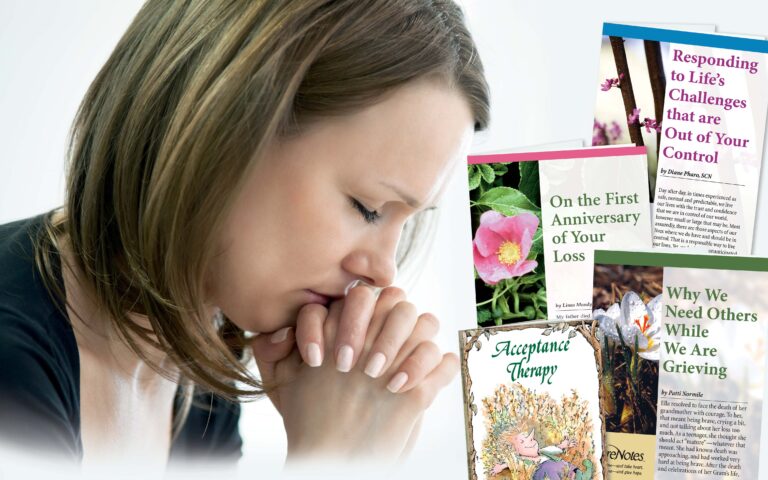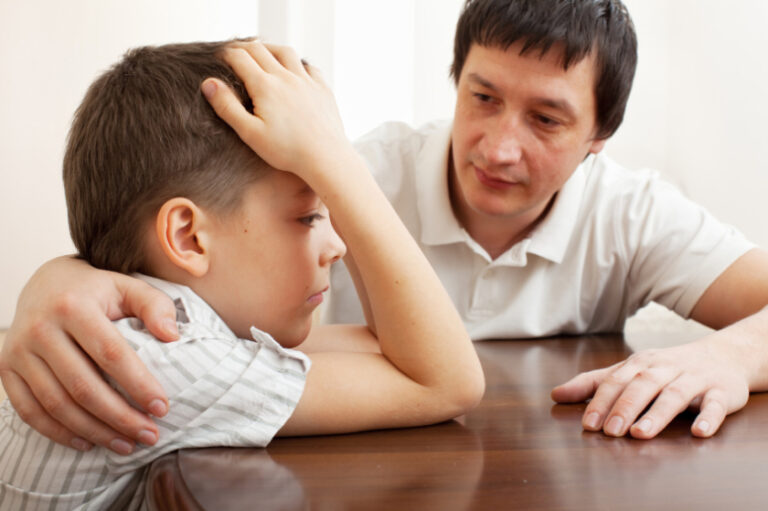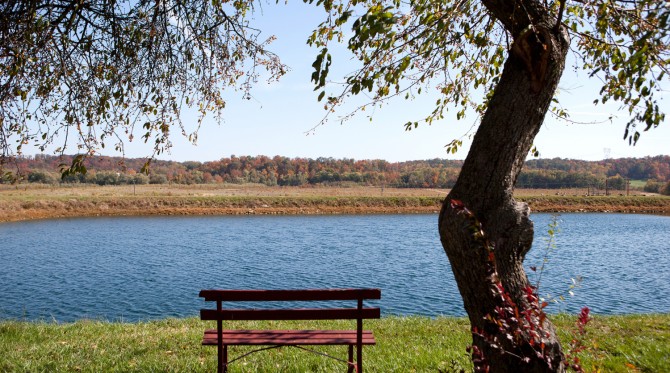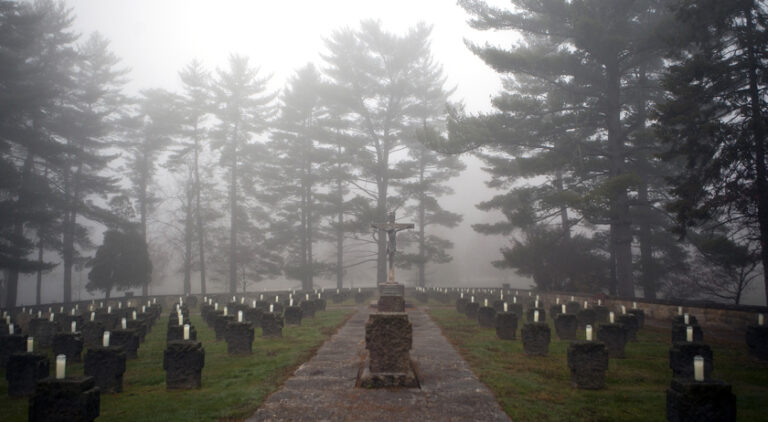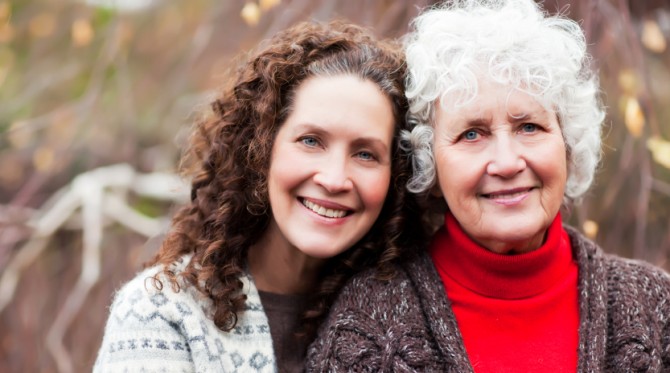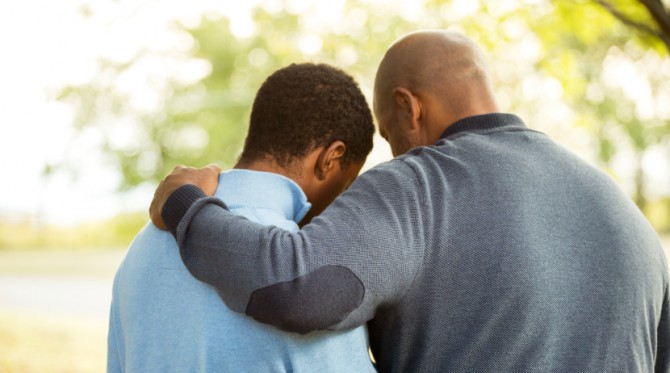Even though the steps through grief can be similar, the way each family member moves through the process is unique. Such differences may produce antagonism between and among family members.
While some conflict in the family at this difficult and emotional time may be inevitable, working through these difficulties and emotions is healing. If we seek to understand and not to judge each other during this time, we will find a way to move through this experience as a family. Here are a few guideposts to help.
Know your family. When an aging parent is dying, family dynamics to consider include the birth order of the adult children, and recognizing who is the organizer, the passive one, the argumentative one, the caregiver. Liz says of her family, “The oldest child is usually the responsible one who makes decisions for everyone younger and for the aging parent. But not always. In our family, I, the youngest, was the responsible one, the one Mother relied on in her later years. This was problematic for the oldest child, who suddenly wanted to take charge. All the issues that existed in childhood surfaced at the crisis time when dealing with our aging parent.” When old wounds and conflicts come to a head, it’s important to remember that this time is not about you, but should be focused on the needs of your dying loved one.
Be on the lookout for stressful emotions. Mild stress can be helpful. It provides the energy to deal with the realities that must be faced: hospitalization, home care, nursing facility, financial concerns, funeral plans. But stress that is not acknowledged nor dealt with piles high in our emotional storehouse, causing flashing tempers, physical exhaustion, unresolved sadness, and ineffective care for the loved one. Stress magnifies your family’s strengths and weaknesses in its relationships. Be patient with yourself, and your family members, as each of you struggles with grief in your own way.
Understand the dying person’s wishes. If your dad never wore a suit, he might like to be buried in his favorite flannel shirt. If Grandma saved her lovely dress from the golden anniversary party for burial, dress her in it. Decisions about how treasured possessions are to be shared among family members are important to work out ahead of time whenever possible.
Don’t try to go it alone. Healthcare social workers, chaplains, pastors, and hospice workers are experienced in assisting families through these pain-filled times. They are accustomed to talking things through and helping struggling families reach consensus when emotions are raw. Their wisdom can also help families avoid “stuffing” feelings and therefore failing to live fully in the moment.
Allow healing after the loss. After the funeral and burial, when the last mourner has left, take time as a family to share what the experience of saying goodbye to your loved one means to each of you. Tears may flow. That’s okay. Talk about what was most difficult, what was inspiring, what brought joy, what was the most painful. Discuss what the future might look like without this special person in your lives. Perhaps the deceased has been a difficult individual to live with. That’s important to talk about, too. It’s not a time to judge how others feel. It’s simply a time to be who we are.
Through the process of saying goodbye to a family member, you may have become more aware of the needs of other members of your family. Hopefully, your family has grown closer. But even if differences remain, healing can happen. If the death of your loved one has created new friction in your family, continue to seek ways to heal those divisions over time. You are still family—for better or for worse. It’s worth the effort to make it “for better.”
Excerpt from “Dealing With Family Conflict as a Loved One is Dying” by CareNotes

